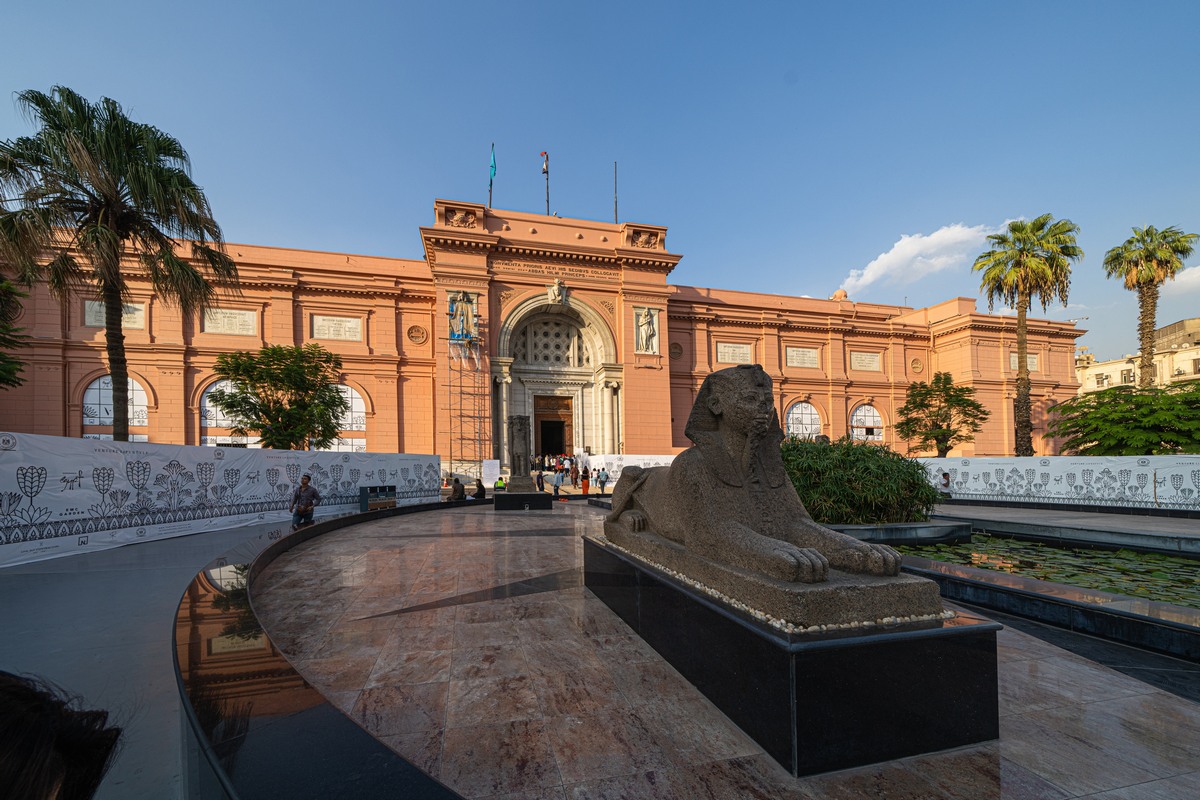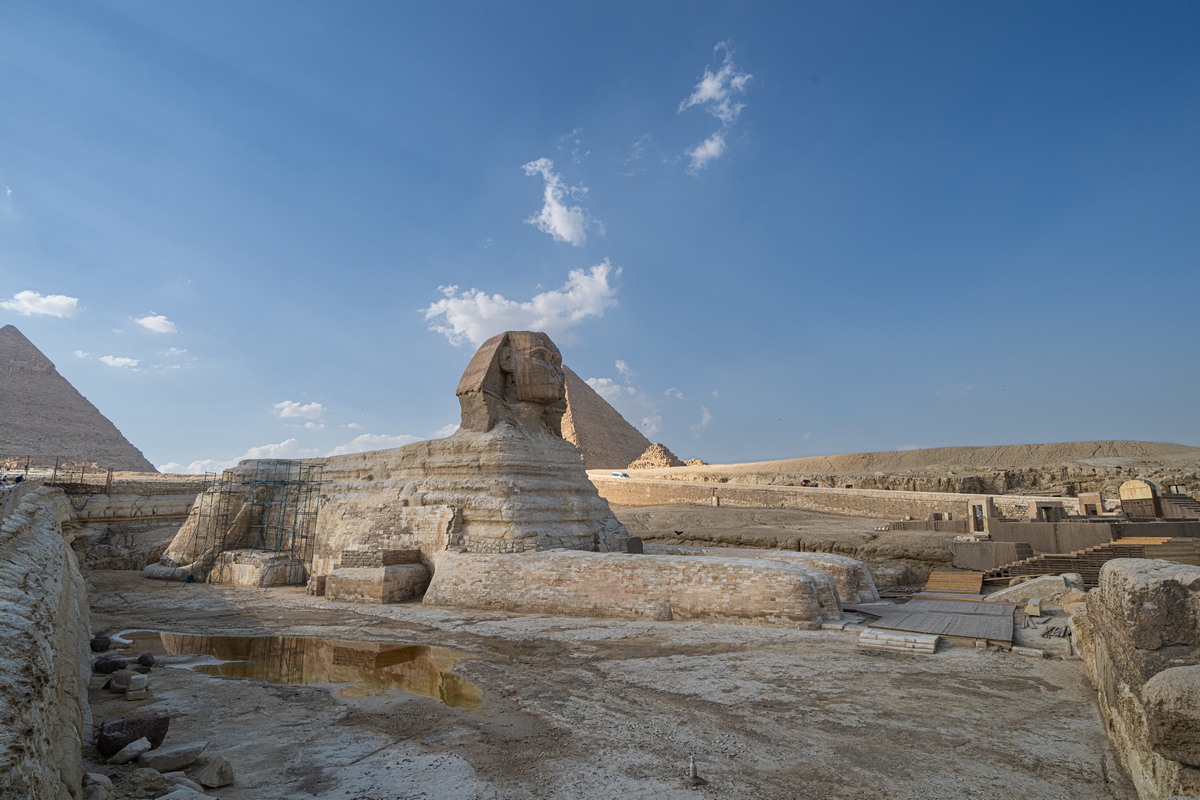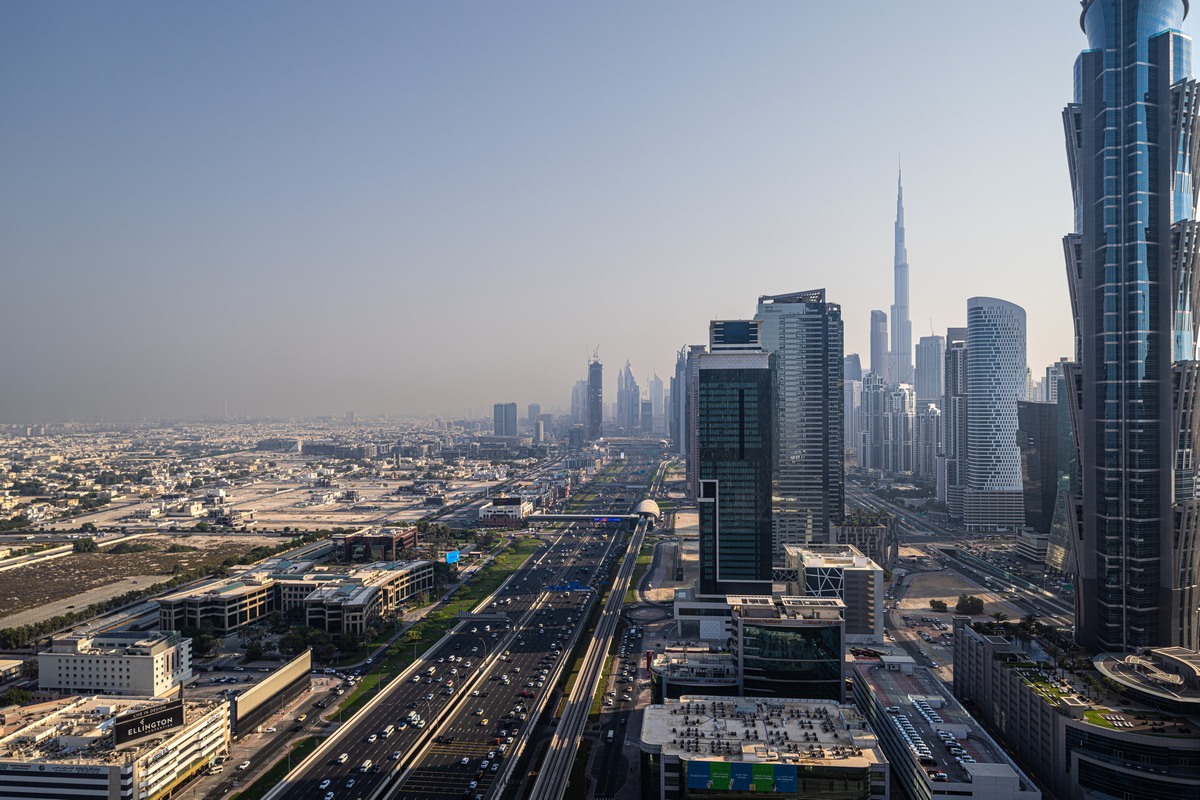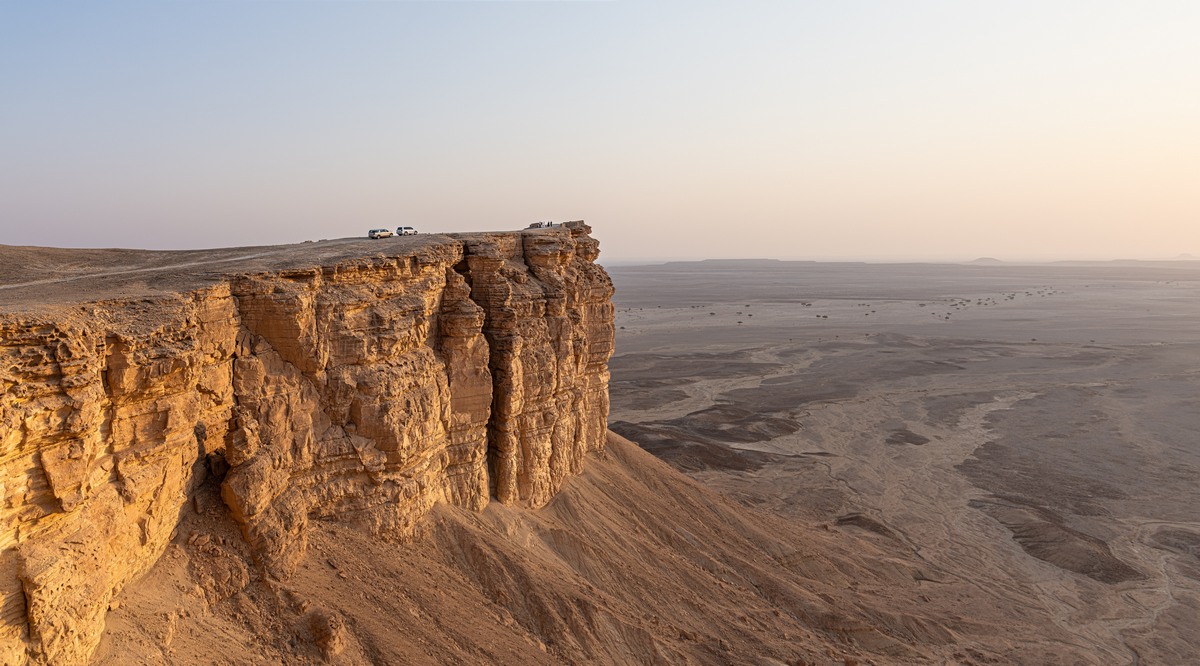Oh good Lord in heaven – I’m 57!
Indeed, it was a +1 year for me last week. As always, I’m like… “where did that go?!”. However, today, no self-congratulatory birthday banter, for I always prefer to keep things low key. Instead, let me show where I hid myself (far!) away for my b-day this year so as to maintain that desired level of low key…
Before I tell you, can you guess where I was? ->
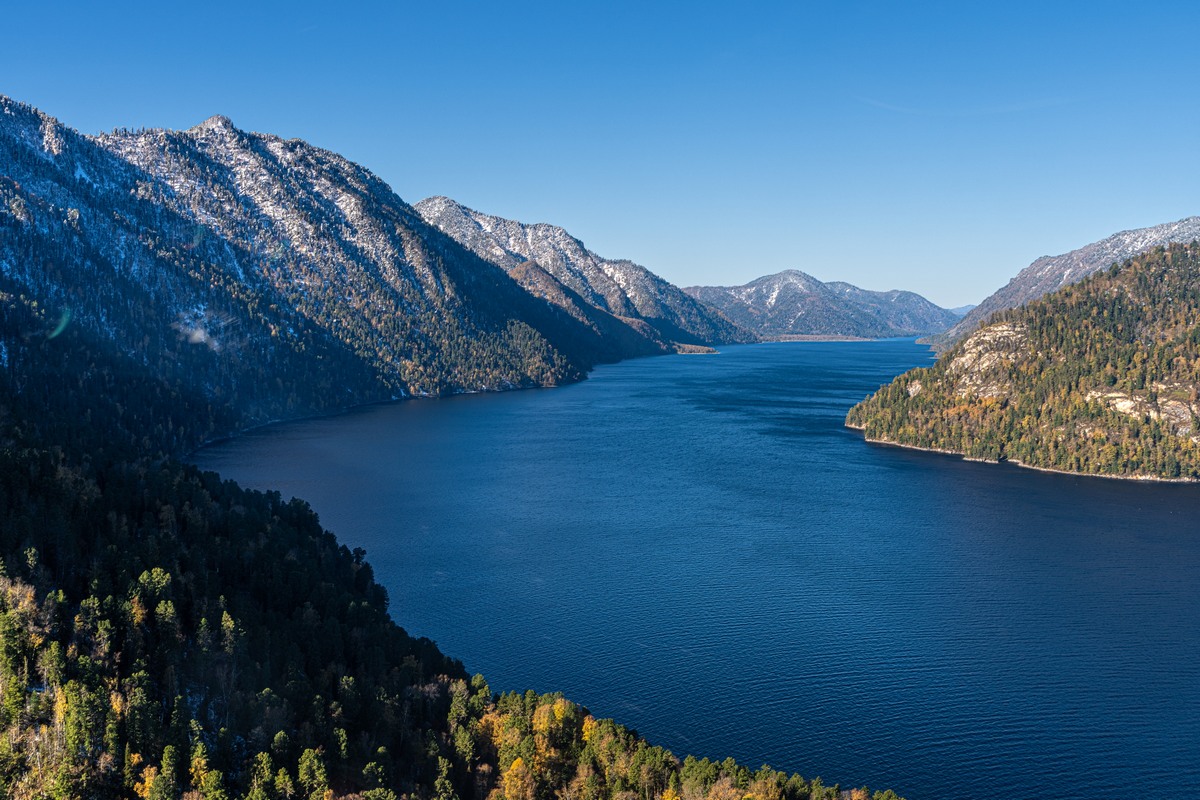
Any ideas?… ->
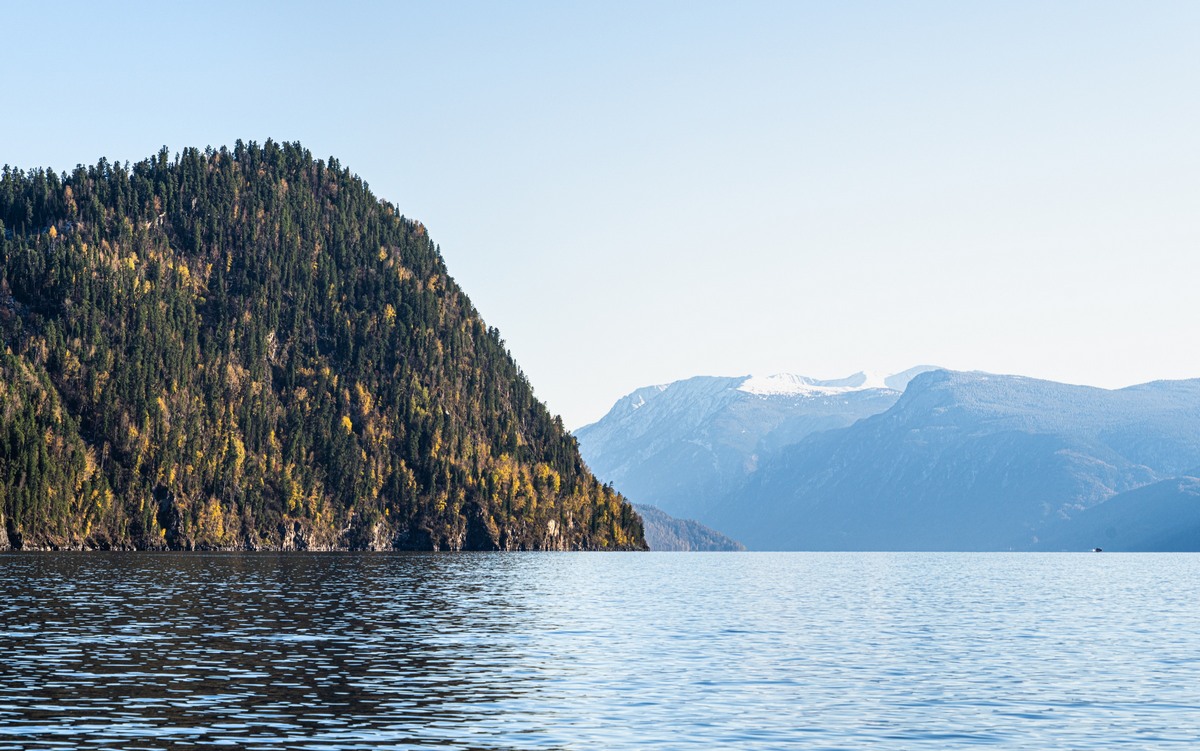
Getting warmer (while it appears to be only getting colder where these pics were taken)?…
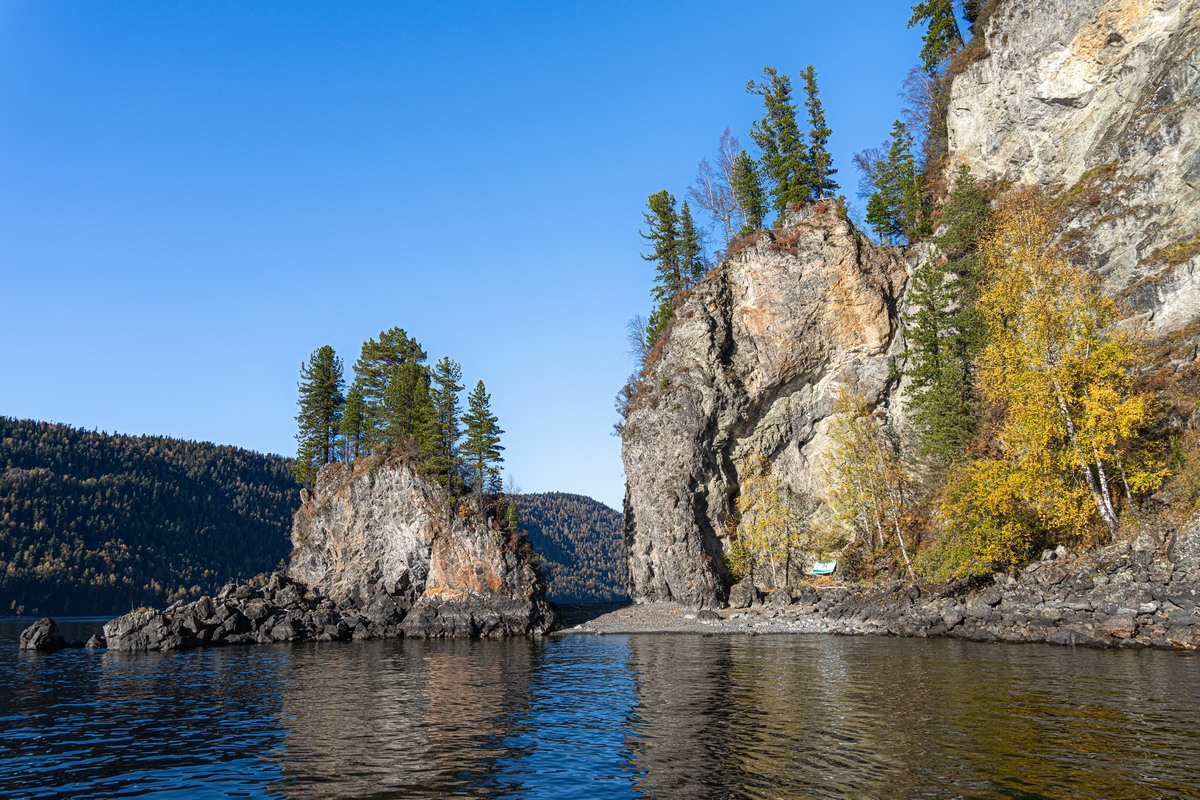
…And snowy:

After having become a touch nostalgic while looking back at some of my previous birthdays, I figured this year’s was just as suitably celebrated in grandiose fashion, or, at least – in a grandiose setting…
For those who haven’t worked it out yet, this year I was in Altai. First we flew to Gorno-Altaisk Airport, and from there we took a helicopter to Lake Teletskoye.
There’s the Katun river, down which we’ve often rafted. Never seen it so low though (as it gets in fall) ->
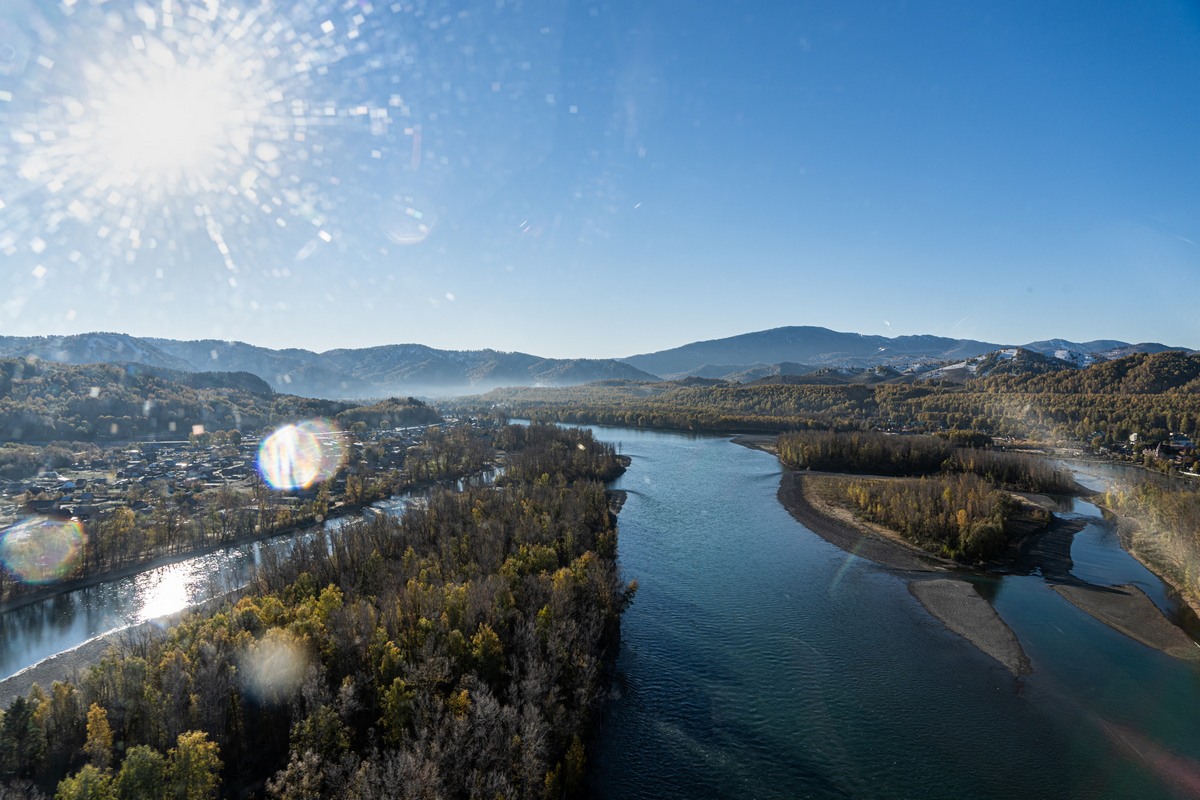
Still no less magnificent:
Here a some rapids – called “Dollar” due to the shape of the river – on the lower Katun ->
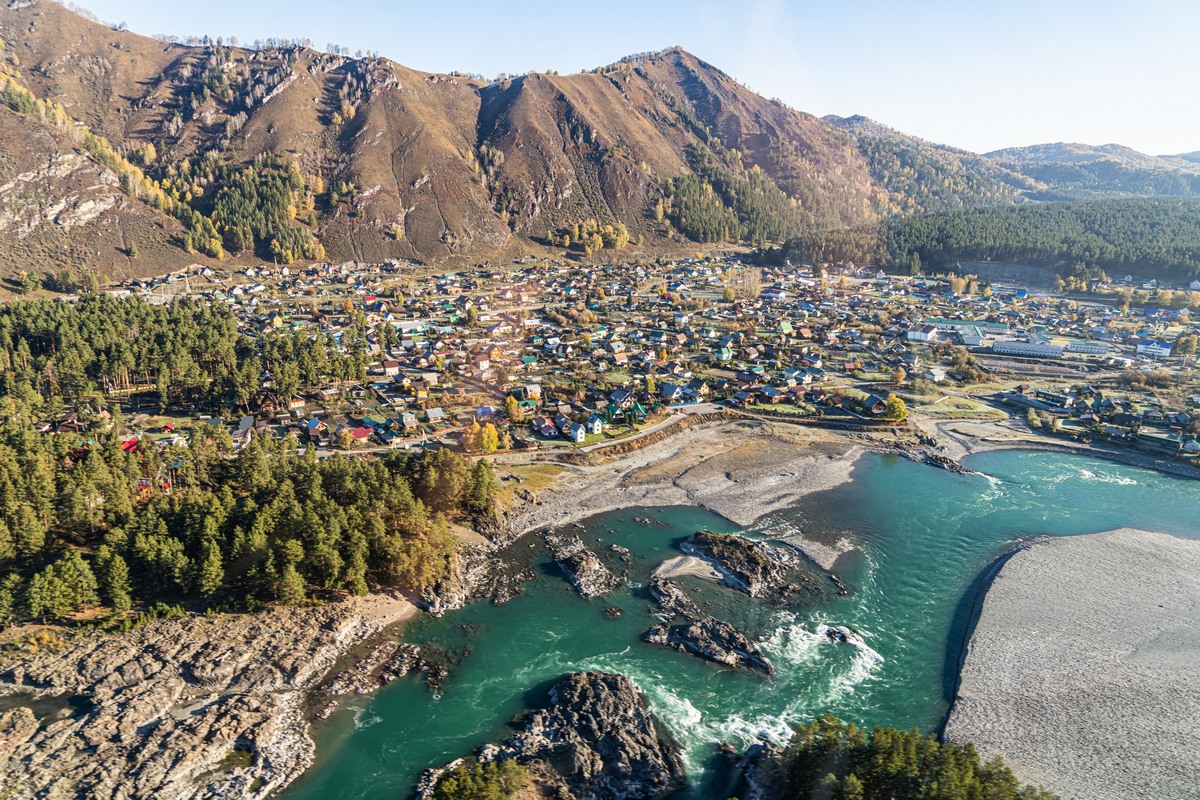
Already wintery up in the mountains:
Mountain pass:
Lake Teletskoye! ->
Its environs – also awesome:
Autumnal scenes:
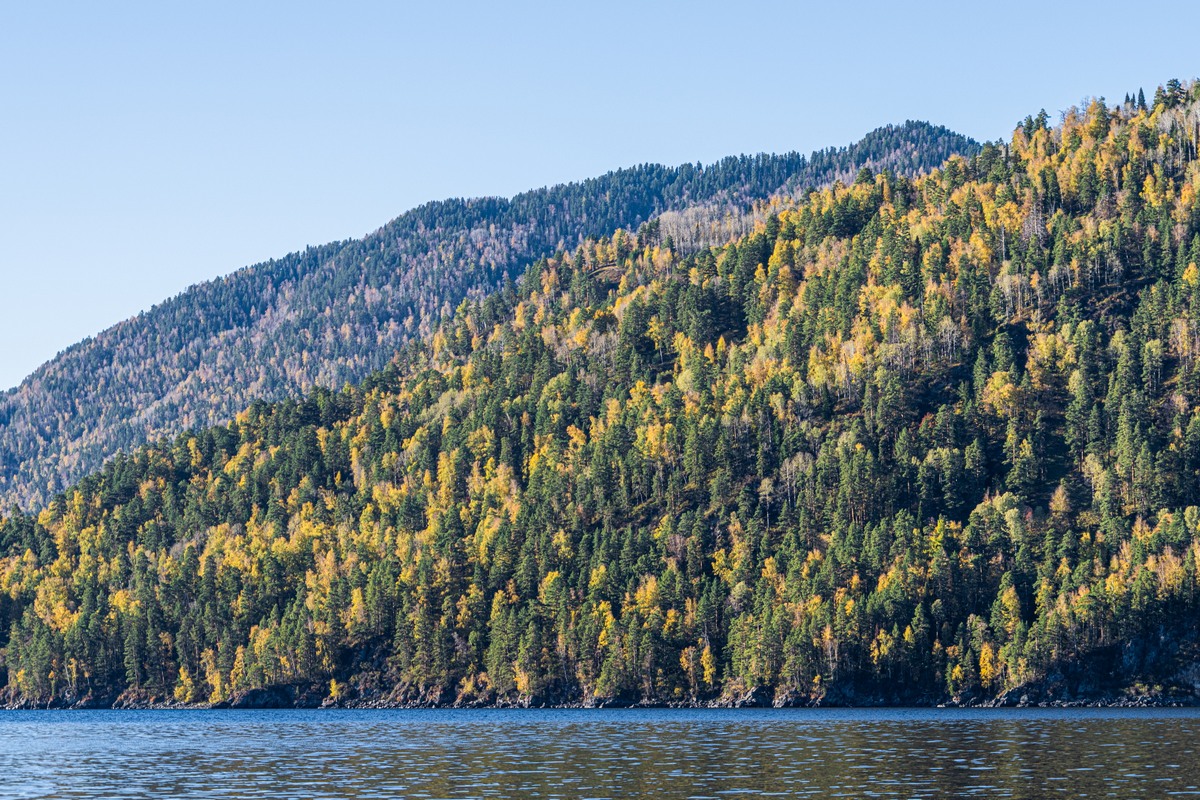
The lake is enticing, but it’s simply too cold for a dip:
We were staying at Altay Village – a five-star resort made up of luxury cabins. Nice. I’d show you my photos thereof, but I’m afraid I don’t have any: I was too busy low-key birthdaying :)…
The rest of the photos of autumnal Altai are here.
